Day 35: Monday, July 27th
I caught a break when I started loading the car and noticed that there was an auto service center directly adjacent to the motel. They got me right in and gave the Jeep an oil change, tire rotation, and a thorough inspection. They told me the tie rod ends had a little play, and that they would need to be replaced soon. They offered to do it for $500, but since my tires weren’t wearing unevenly, I knew it wasn’t critical. In fact, I wasn't sure it was even necessary, so I elected to hold off until I got back home, where I have a trusted mechanic. I figured I’d probably have to put a few grand into my vehicle after this trip—she was going to need tires and front end work, at minimum. (As an aside, when I did get the Jeep checked over, after the trip? The tie rods were just fine.) My Jeep is a great vehicle, with a lot more miles left to go, but it’s on me to keep up with the maintenance. (The same can be said of everything in our lives that’s worth hanging on to--from our vehicles to our health to our relationships.) At any rate I got all my stuff done, and then drove the four hours or so to Anchorage, with numerous photo stops along the way.
Random roadside view, Kenai Peninsula
I didn’t hang around Anchorage at all—stopped for gas, and drove straight out of town, north to Palmer. The day was on-again off-again rainy, with some beautiful sunshine and clouds in between. Another spectacular day in Alaska!
The floating chunk of ice in this lake makes it a uniquely Alaskan vista
Lakes, greenery, clouds, and snowy mountains: a timeless recipe that never fails to produce a perfect landscape
Due to seasonal road closures (snow, mud, road construction, etc.) some of the maps displayed in this thread are not displaying properly or you might see pop-up windows reporting errors found with the route. Unfortunately, the map data used to create these maps enforces these "Time-outs" if a particular road segment is closed. In the case of the pop-up windows (alerts), please click the "OK" or "Close" button and the rest of the page will display properly. In the case on some of the maps where the route seems all jammed up -- reloading the page where the map is displaying seems to solve the issue. All of these problems go away once the winter closures of the roads end. So, everything will look fine in the North American summer months.
Click here for this RTA Library Map
(This map shows Rick's route between Homer and Tok, Alaska.)
Late nights and early mornings make a bad combination, so I was a little bit droopy at the wheel, and elected not to push myself too hard. Stopped at Palmer, start of the Glenn Highway, and found a campground using my new best friend, the Alaska App. They had tent sites for fifteen bucks; not half bad. Setting up the tent by myself was a pain, but I did it anyway, even though it was threatening rain. I wasn’t going anywhere for the rest of the day, and the tent gave me a whole lot more mosquito-free space to hang out in.
Tent Camping in Palmer
I used the stop watch on my phone to time the task: setting up that tent with the rain fly: 45 minutes, start to finish. Taking it down, probably a little less, but still, not what you could call quick. If I had the whole thing to do over again, a small RV, a travel trailer, or even a van with a proper bed in the back would no doubt be a better way to make this trip. Doing it the way I was doing it had the singular virtue of being a little bit cheaper. I find that the proper balance between cost and convenience is something that tends to shift around quite a lot as I make my way through life.
Day 36: Tuesday, July 28th
It rained pretty much the whole night, and while the tent stayed dry, my sleeping bag felt pretty damp, and I was cold! I felt vague stirrings of the crud that knocked me flat in Anchorage a few days before; hopefully, I wasn’t exacerbating a chest thing, camping out in this cold, damp weather. A bout with bronchitis was the last thing I needed, so I made this another easy day for myself. I drove a mere 150 miles to Glennallen, a road junction that truly wasn’t much of a town, but was nevertheless the biggest community between Palmer and Tok. The road that took me there, the Glenn Highway, was very pretty, with rivers and glaciers and snowy peaks, but the weather, once again, was on-again off-again rain interspersed with cloudy skies and occasional sunshine.
Matanuska Glacier as seen from the Glenn Highway east of Palmer
Matanuska River from the Glenn Highway
In Glennallen, I spied a place called the Caribou Hotel that looked as if it might be reasonable, so I inquired: $149 a night, and with AAA discount, $139? At this point, that sounded a bargain, so I took it, and they even let me check in early, right on the spot. I was tempted to just hunker down and flake for the day, take it maximum easy, but I decided to at least drive toward the nearby Wrangell-St. Elias National Park, to get a sense of what it looked like. Established in 1980, Wrangell-St. Elias is the largest National Park in the U.S. system. You could combine Yellowstone with Yosemite, throw in the entire country of Switzerland, and you still wouldn’t match the 13.2 million acres of trackless wilderness that’s protected here. I drove south from Glennallen toward Valdez, and after about 8 miles I came across signs for a Visitor’s Center, so I stopped in. The friendly Park Rangers gave me a map and some other information, and I ended up driving about 70 miles on a paved road (with many roller coaster frost heaves) to a tiny town called Chitina, the gateway to the McCarthy Road, one of the two access points to the massive preserve, a land of soaring peaks and rushing rivers that comprises most of southeast Alaska, and straddles the border with Canada.
Kuskulana River near Chitina
Liberty Falls, near Chitina, an Alaska State Recreation Site that’s popular for picnics, especially among the local folk
End of the pavement and the beginning of the McCarthy Road, one of two roads that lead into the vast wilderness of the Wrangell-St. Elias National Park.
Looking back toward Chitina after starting down the McCarthy Road
When a piece of equipment fails in a remote part of Alaska, it will usually remain in the spot where it died until it rusts into dust
The pavement ends in Chitina, and a gravel road continues into the wilderness for another 62 miles of slow going to a tiny town called McCarthy, which pre-dates the Wilderness area, and has less than 100 permanent residents. Five miles from McCarthy is Kennecott, a mining camp with an ore mill that was completely abandoned in the 1930’s when copper prices dropped. It would have been interesting to go; a well-preserved depression-era ghost town in the middle of the Alaskan wilderness sounded pretty unique, but it was also pretty far, and like an idiot I hadn’t topped off my gas tank before leaving Glennallen. I’d assumed I’d be able to get fuel in Chitina, but as it turned out, there were no services there, so I had to turn around, and I barely made it back to town, coasting on fumes, lowest I’d been on fuel in I don’t know how long. There’s a lesson in there, somewhere.
After returning to my hotel, I just kicked back. Ate an overpriced burger at the hotel restaurant, and crashed early. It was interesting to note that my old routines that had sustained me through my working life had been shattered in the course of this trip. A bit more than a month into it, I had no routine of any kind. Every day was different, and I didn’t even know, from one day to the next, where I’d be sleeping! After 35 years with my shoulder to the wheel, I found that incredibly liberating.
Next up: The Nabesna Road, and a tick for Tok



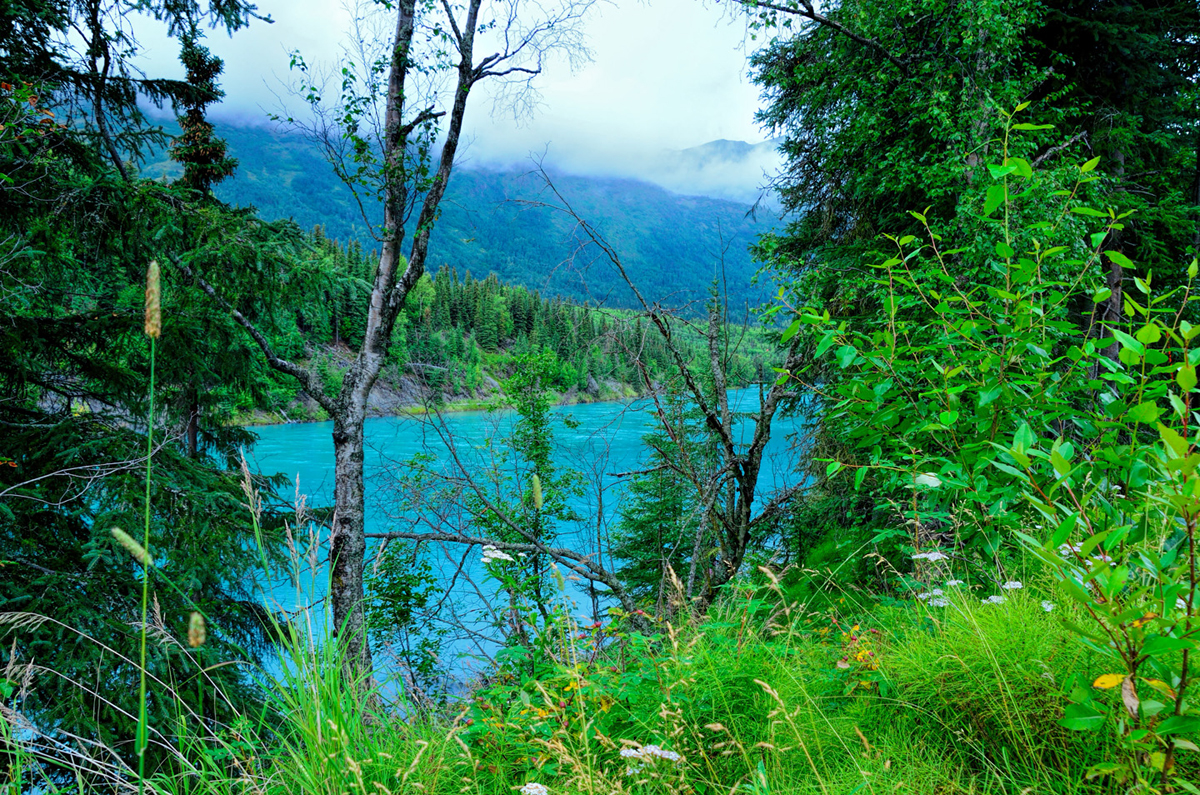
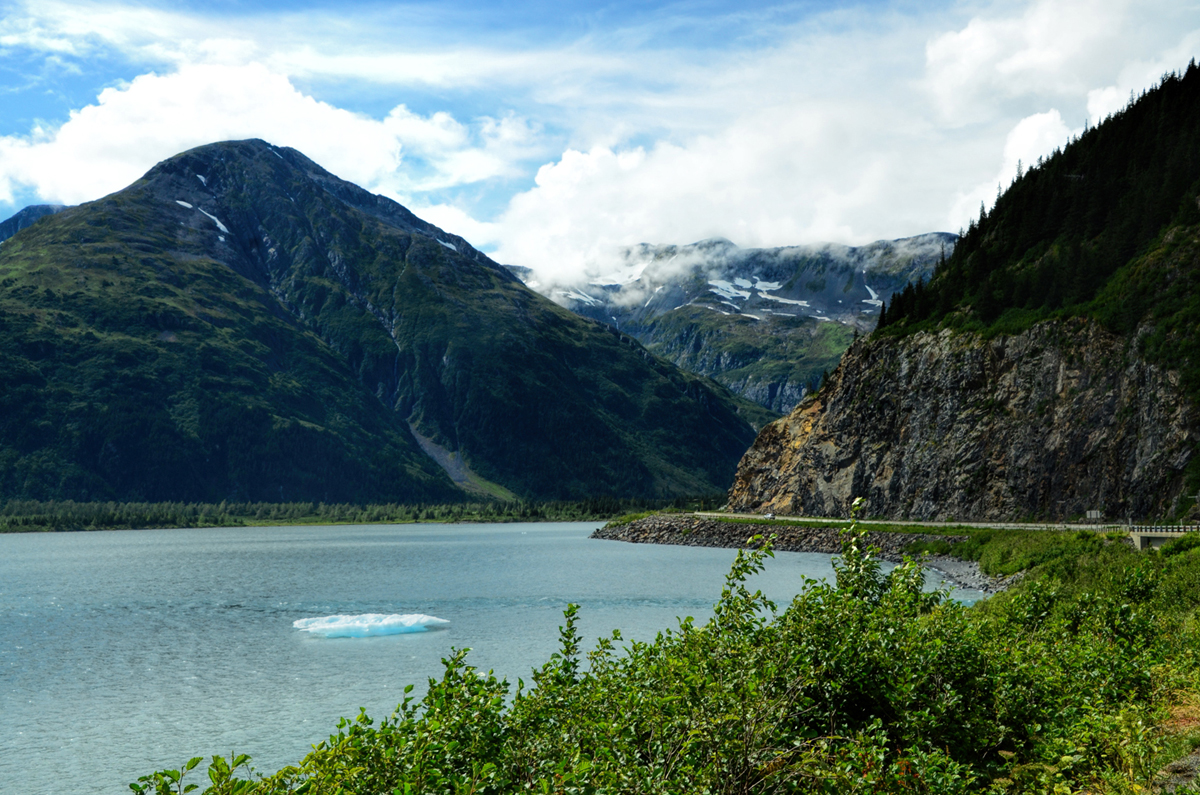
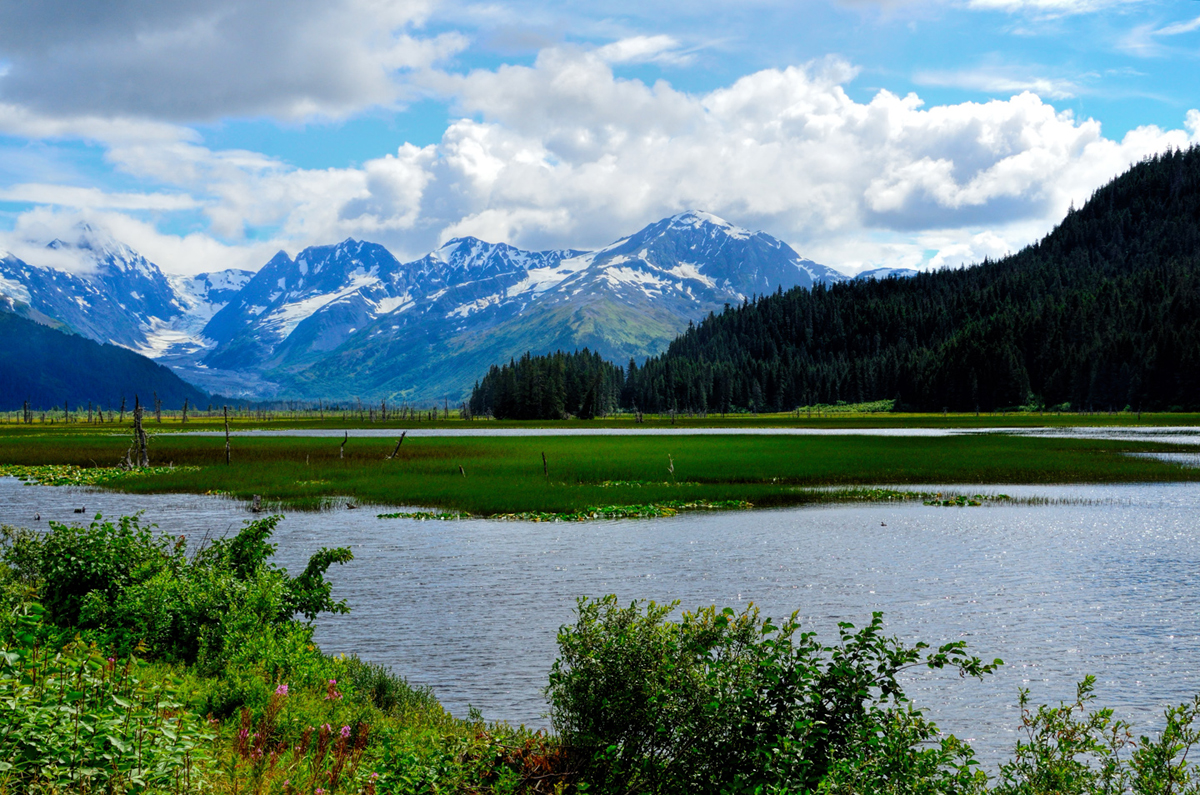
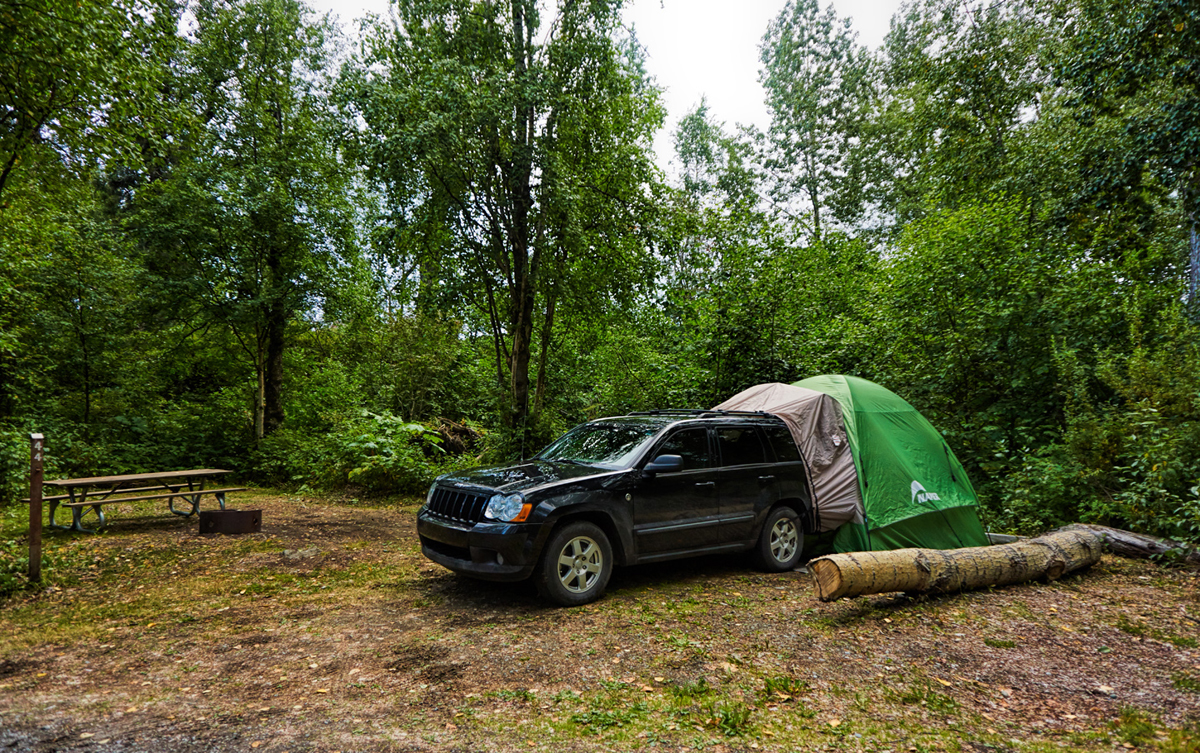
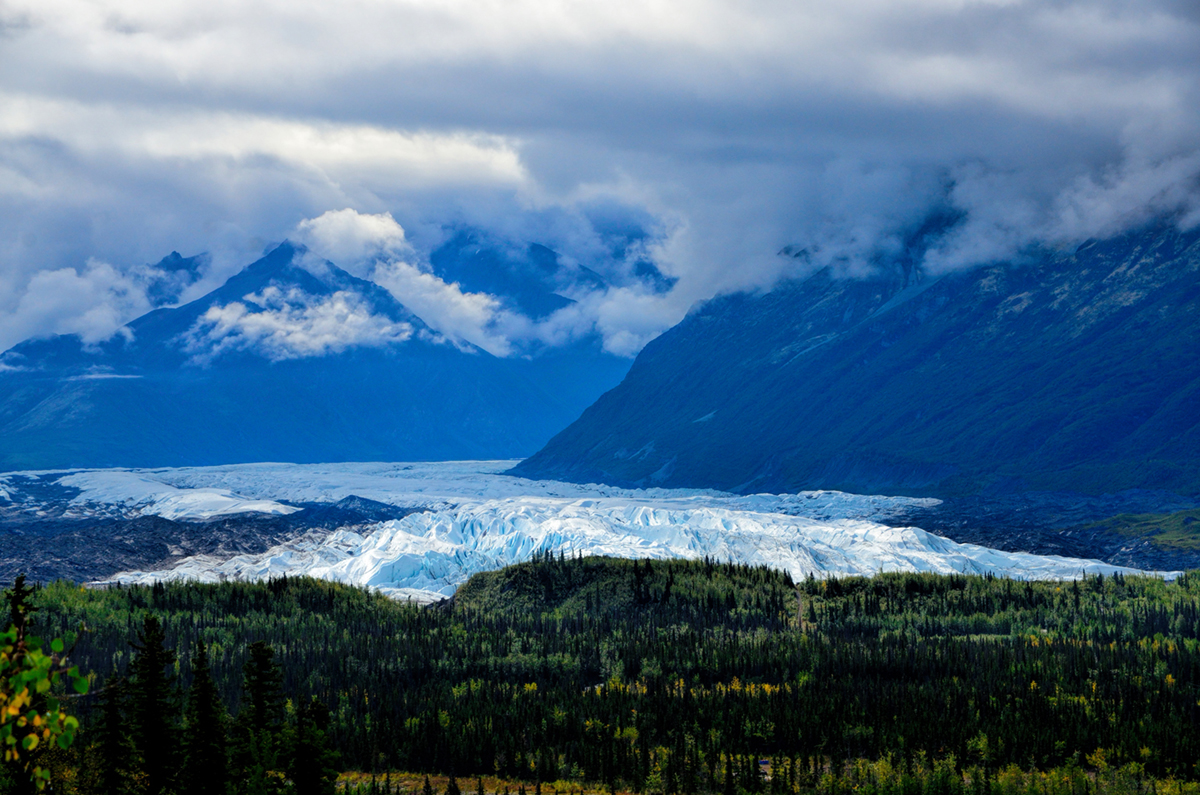
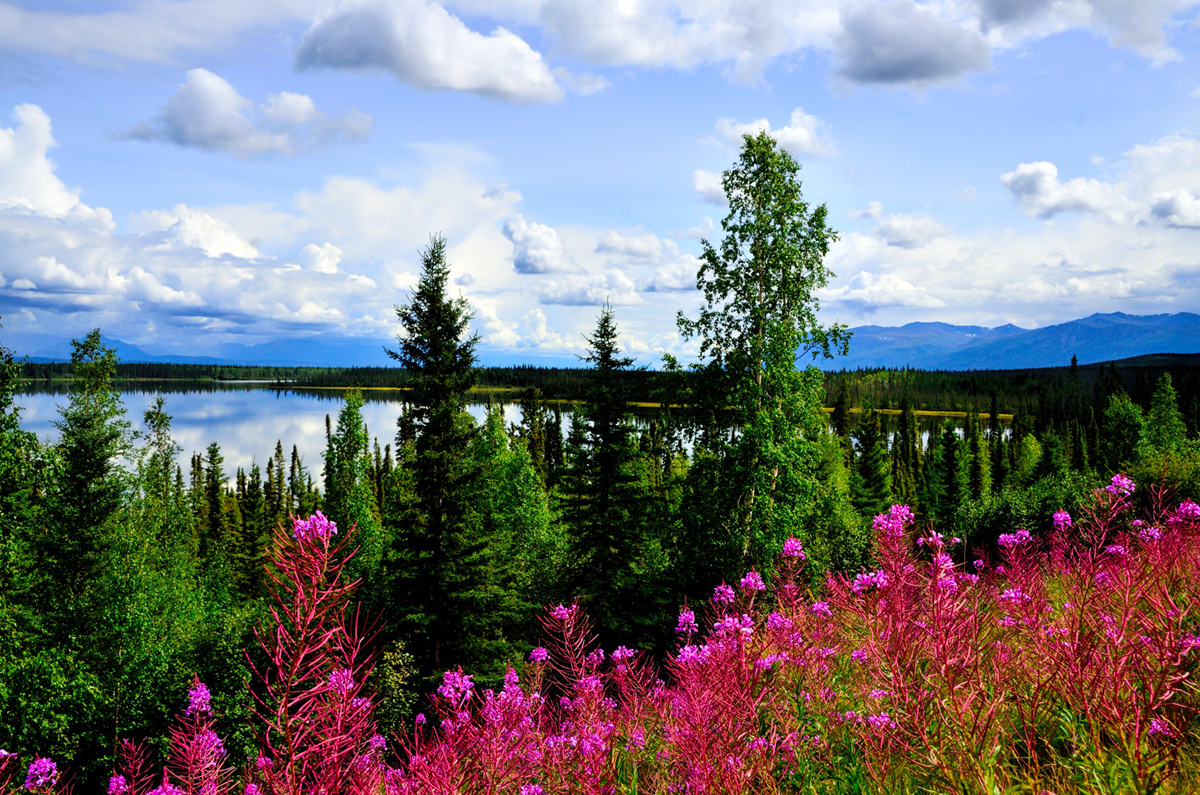
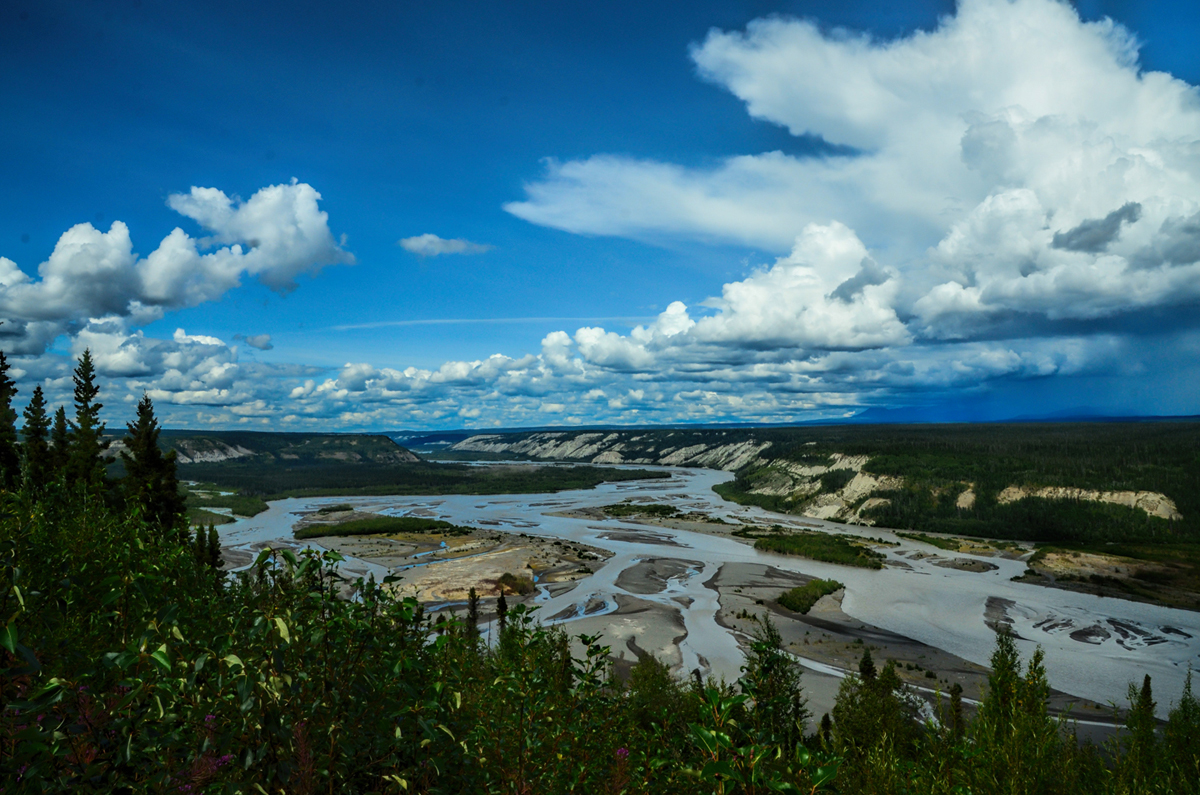
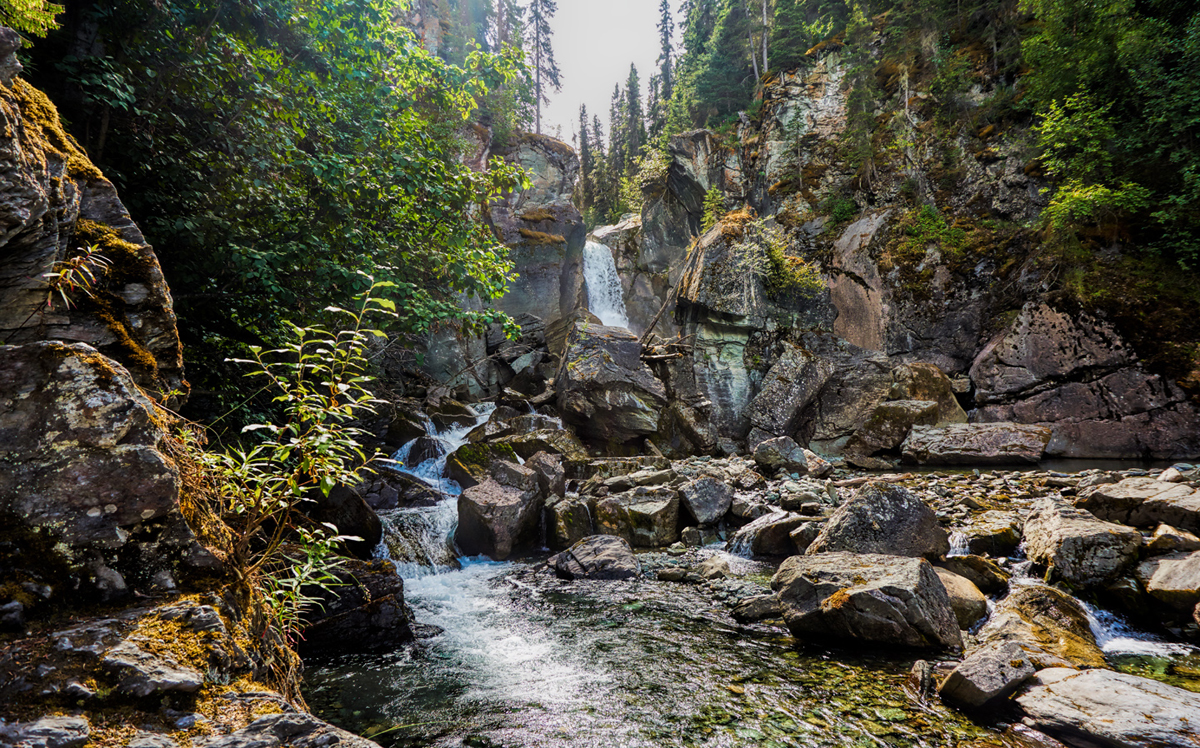
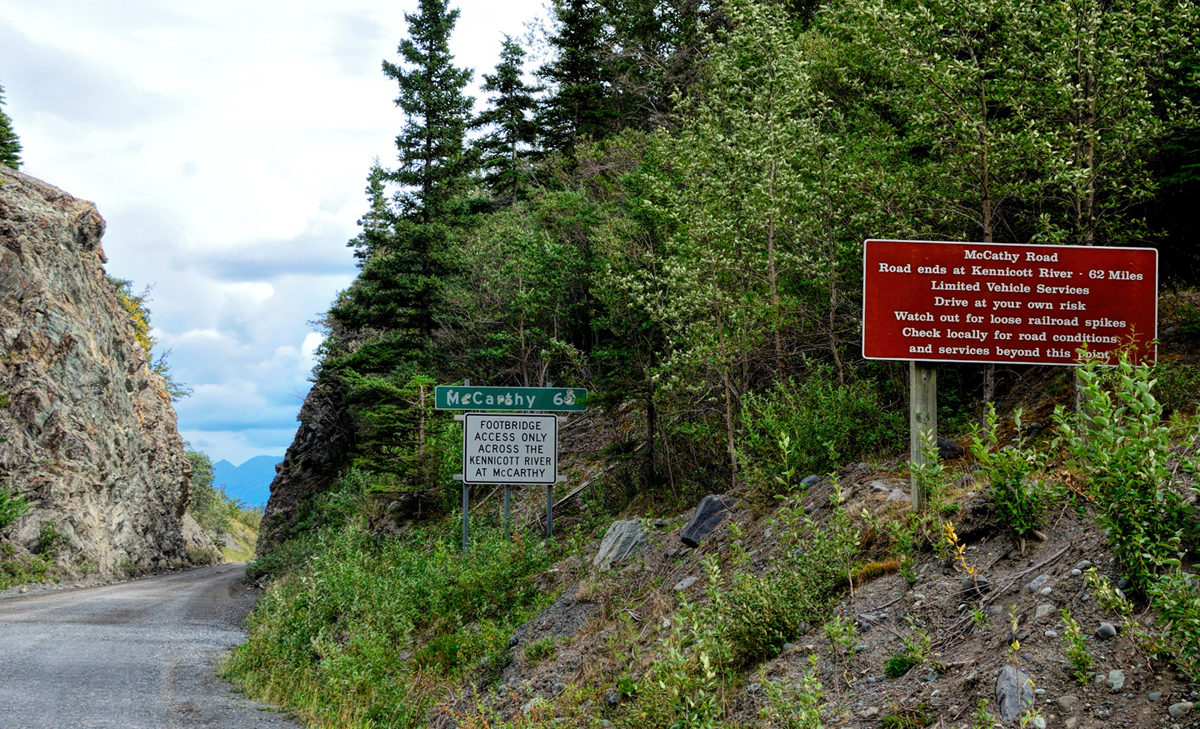
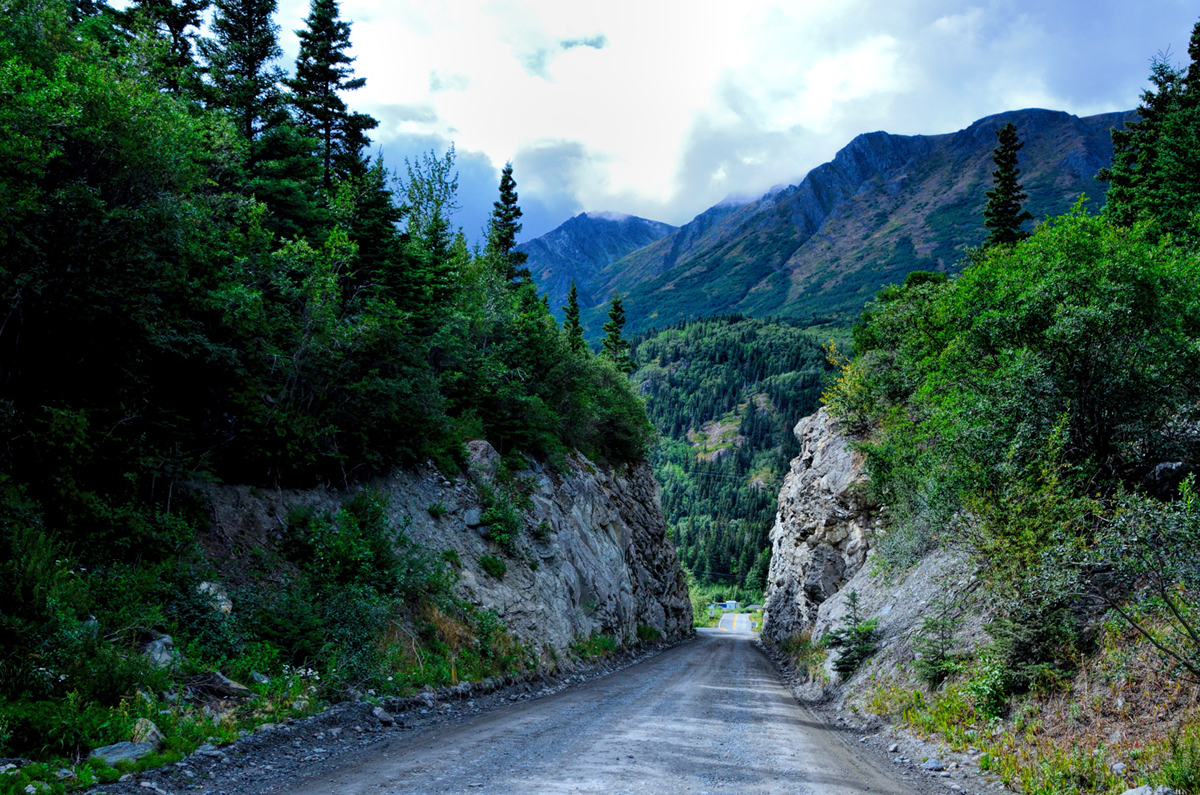


 Reply With Quote
Reply With Quote

